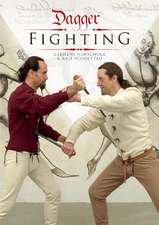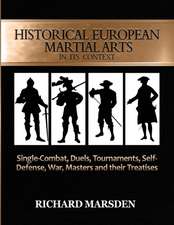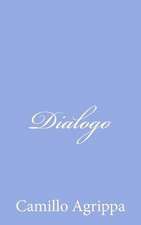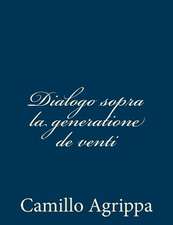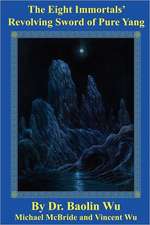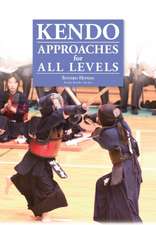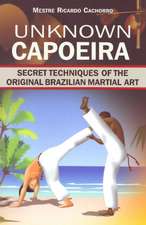Fencing: A Renaissance Treatise
Autor Camillo Agrippa Editat de Ken Mondscheinen Limba Engleză Paperback – 31 aug 2009
| Toate formatele și edițiile | Preț | Express |
|---|---|---|
| Paperback (1) | 160.47 lei 6-8 săpt. | |
| Italica Press, Inc. – 31 aug 2009 | 160.47 lei 6-8 săpt. | |
| Hardback (1) | 259.83 lei 6-8 săpt. | |
| Italica Press, Inc. – 31 dec 2009 | 259.83 lei 6-8 săpt. |
Preț: 160.47 lei
Nou
Puncte Express: 241
Preț estimativ în valută:
30.71€ • 31.94$ • 25.35£
30.71€ • 31.94$ • 25.35£
Carte tipărită la comandă
Livrare economică 14-28 aprilie
Preluare comenzi: 021 569.72.76
Specificații
ISBN-13: 9781599101293
ISBN-10: 1599101297
Pagini: 236
Ilustrații: 1
Dimensiuni: 140 x 216 x 14 mm
Greutate: 0.3 kg
Ediția:New.
Editura: Italica Press, Inc.
ISBN-10: 1599101297
Pagini: 236
Ilustrații: 1
Dimensiuni: 140 x 216 x 14 mm
Greutate: 0.3 kg
Ediția:New.
Editura: Italica Press, Inc.
Descriere
Agrippa's widely influential "Treatise on the Science of Arms" was a turning point in the history of fencing. Contained within this handy volume are concrete examples of a new questioning of received wisdom and a turn toward empirical proofs, hallmarks of the Enlightenment of the 16th century.

